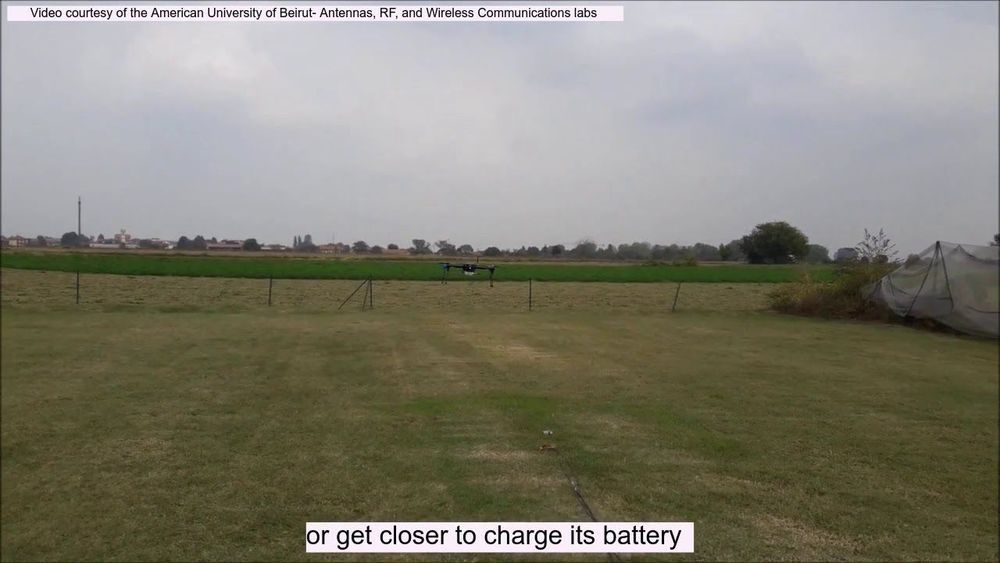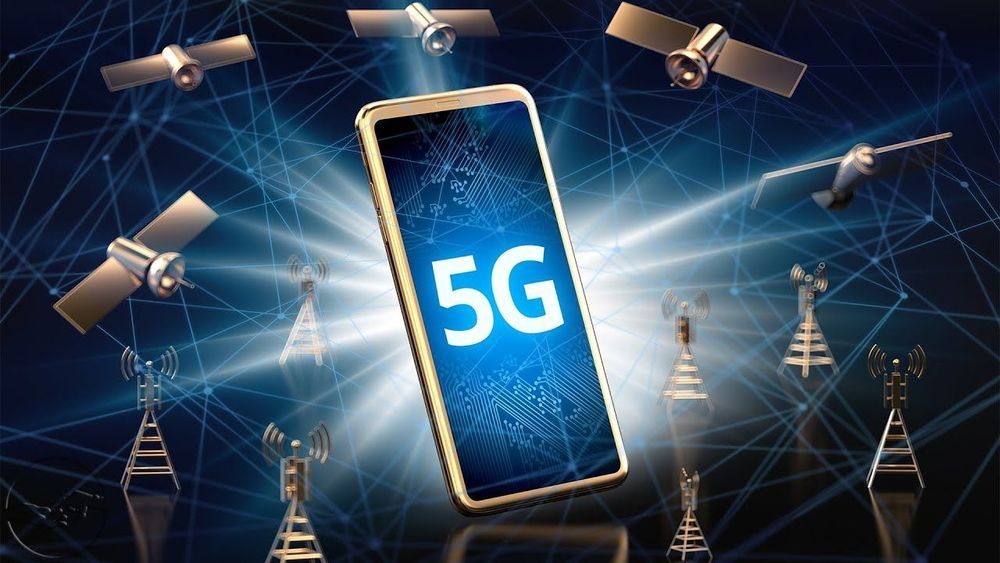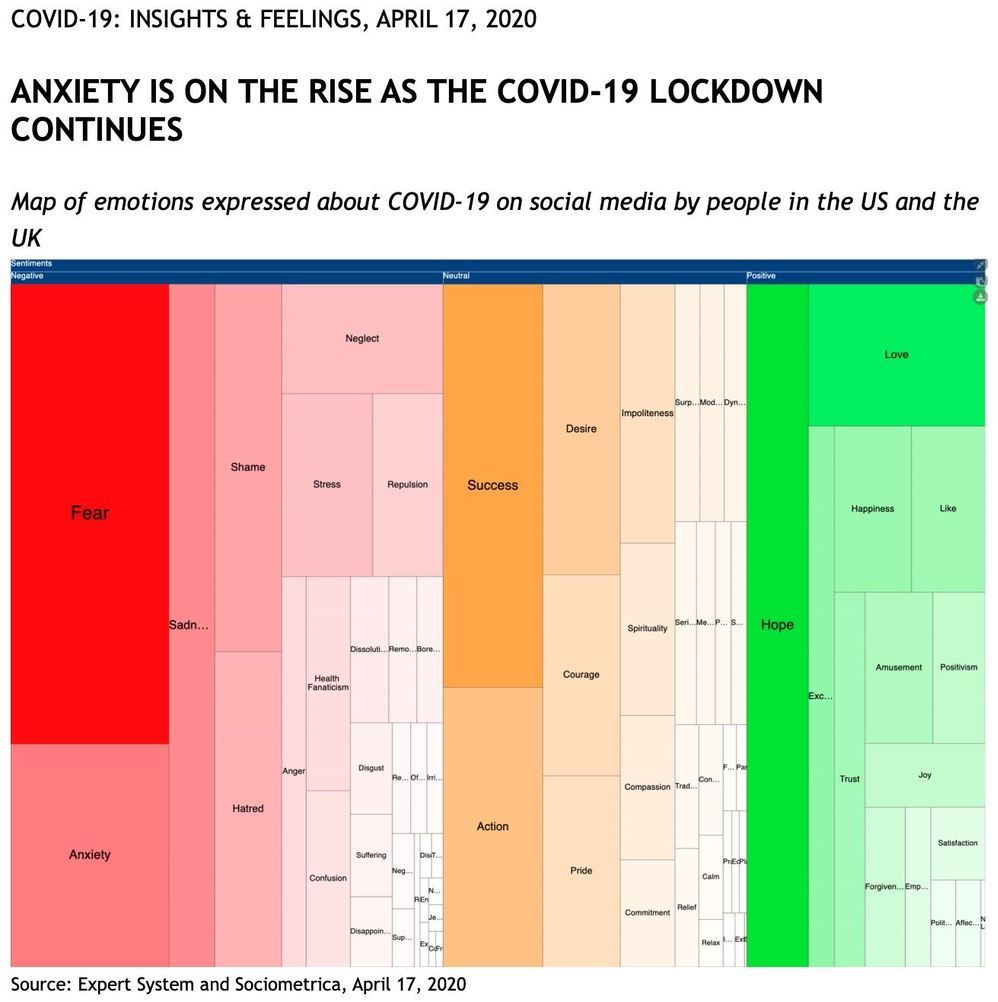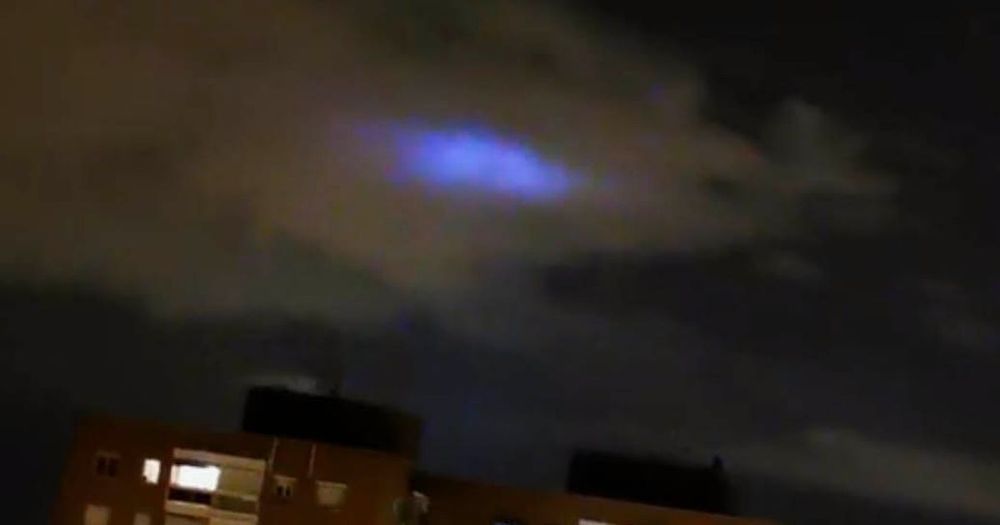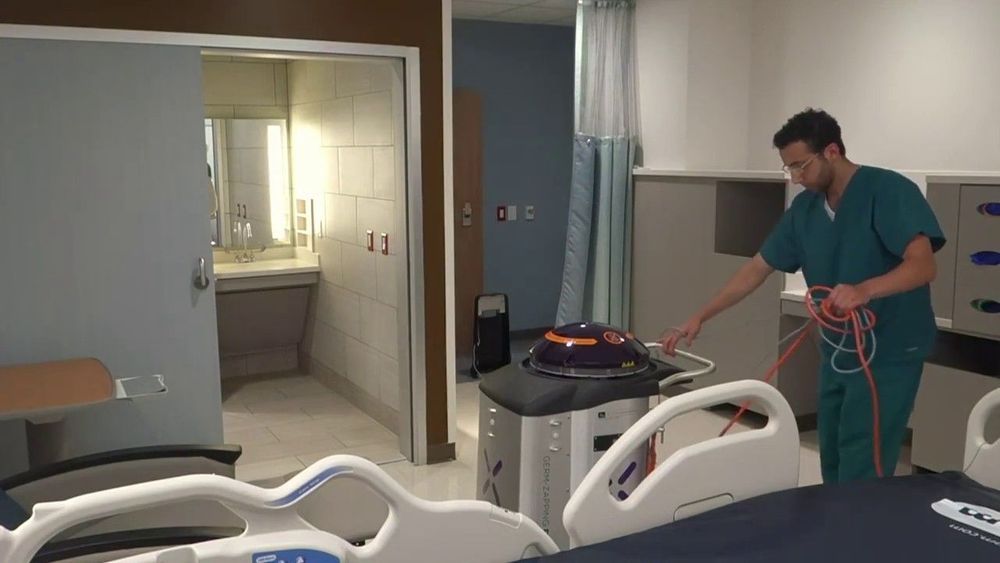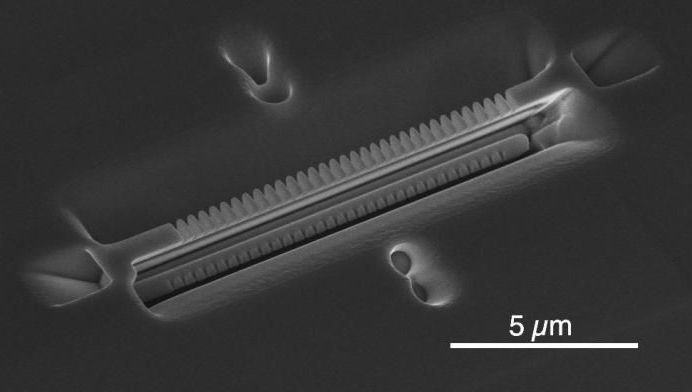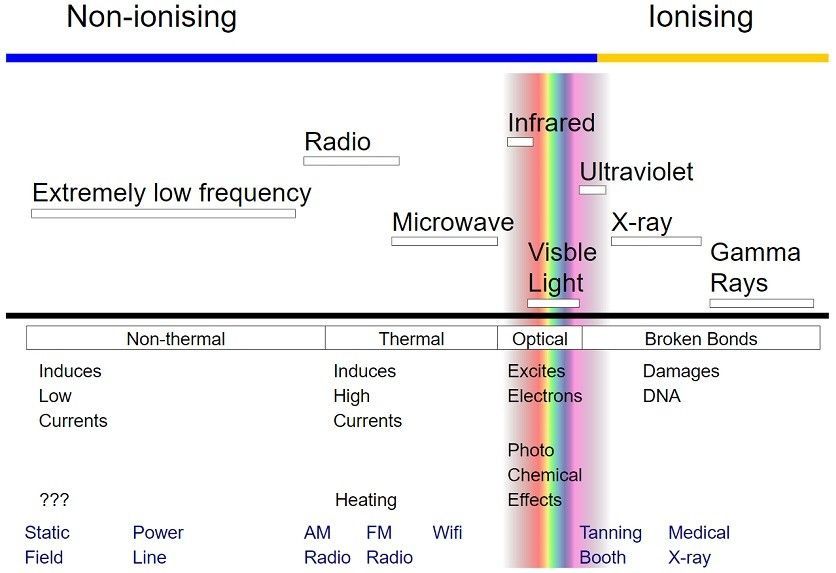Here’s another neat thing drones can do—beam power across the sky to recharge sensors in hard-to-reach places.
Remote sensors play a valuable role in collecting data—but recharging these devices while they are scattered over vast and isolated areas can be tedious. A new system is designed to make the charging process easier by using unmanned aerial vehicles (UAVs) to deliver power using radio waves during a flyby. A specialized antenna on the sensor harvests the signals and converts them into electricity. The design is described in a study published 23 March in IEEE Sensors Letters.
Joseph Costantine and his colleagues at the American University of Beirut, in partnership with researchers at the Institute of Electronics, Computer, and Telecommunications Engineering in Italy, were exploring ways to remotely charge sensors using radio frequency waves (the same form of energy used to transmit Wi-Fi). However, a major challenge was that the source of the radio waves must be fairly close to the sensor in order to sufficiently charge it.
This prompted the researchers to consider the use of UAVs, which could soar over each sensor. “In addition, a UAV can follow an optimized trajectory that maximizes energy transfer to the sensors in question,” Costantine explains. He says his team developed this system to control and recharge sensors used in agriculture, but that it could be extended to any situation where sensors are deployed in hard-to-reach areas.
